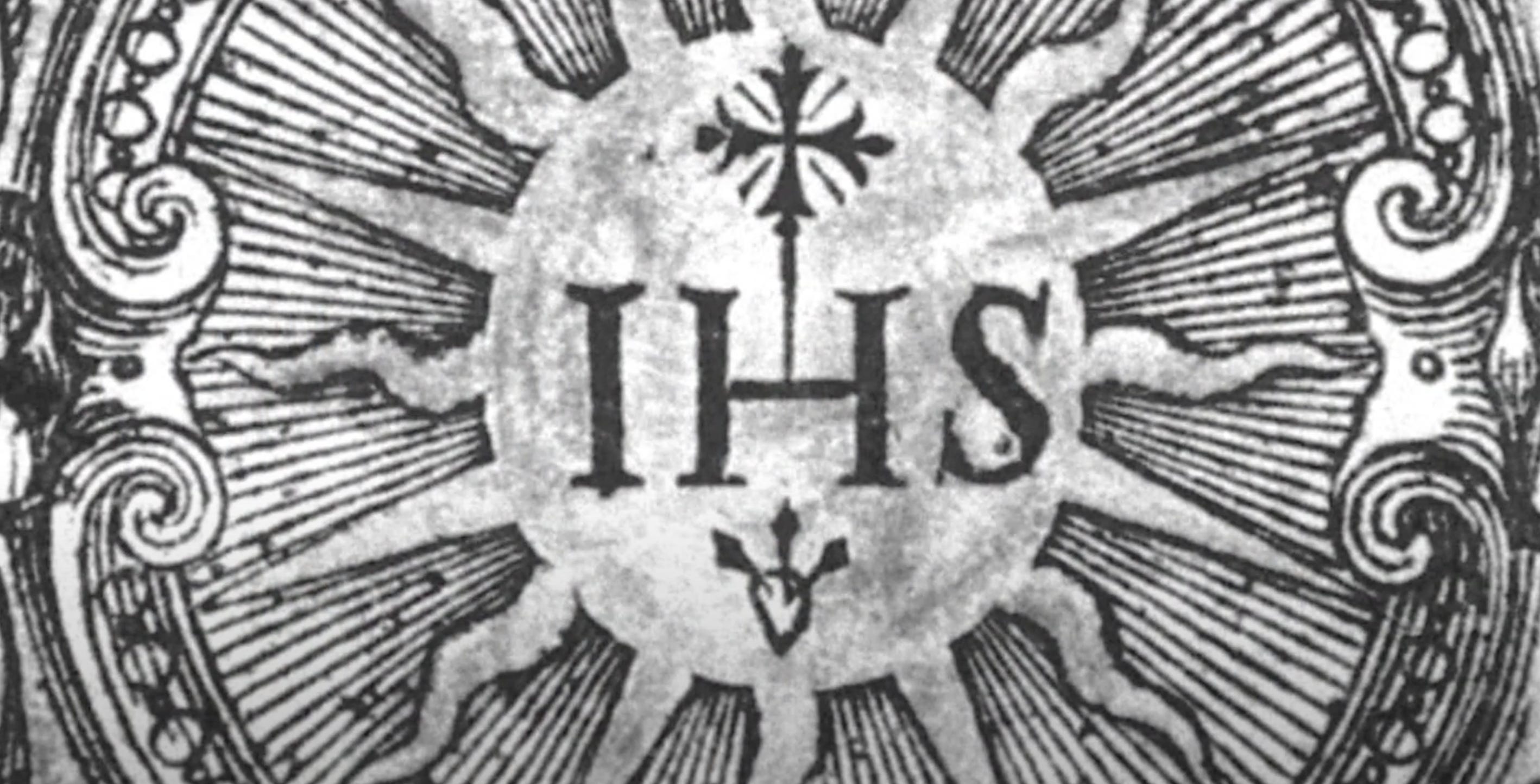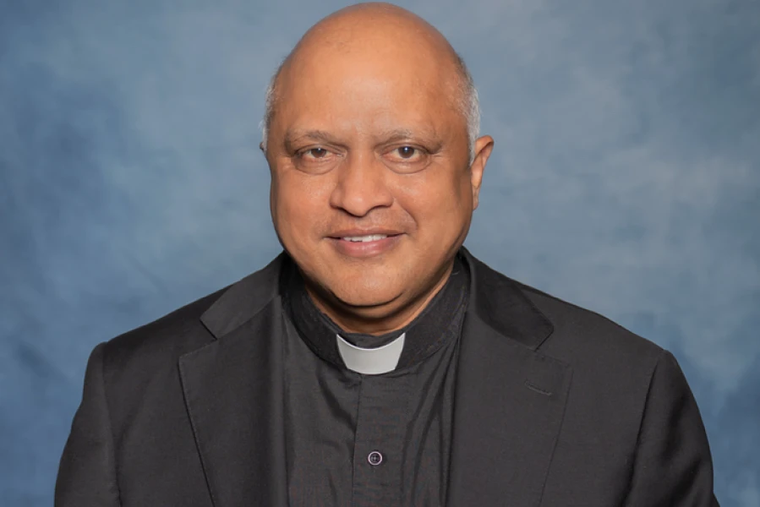Diary: Life in the papal jet-set
Every papal trip, however long or short, is a bit of a rat-race. For the press, it usually involves early check-ins and, therefore, absurdly early wake-up calls, at times rising at 3am to make a 4am check-in at Rome’s Fiumicino airport, though the older a pope gets, the hours tend to become more humane. In The post Diary: Life in the papal jet-set appeared first on Catholic Herald.

Every papal trip, however long or short, is a bit of a rat-race. For the press, it usually involves early check-ins and, therefore, absurdly early wake-up calls, at times rising at 3am to make a 4am check-in at Rome’s Fiumicino airport, though the older a pope gets, the hours tend to become more humane. In the past, the papal flight would take off from either Rome’s Fiumicino or Ciampino airports, depending on what country/countries the Pope was visiting. Now, all papal flights leave from Terminal 5 of the Fiumicino airport.
For every trip, the day before the flight, journalists make their way to the Holy See Press office to get a special sticker on their passport with the number we’ve been assigned, to pick up their local media credentials and logistical information, pay a processing fee and, finally, pick up the plane ticket itself from the offices of APSA, the Administration of the Patrimony of the Apostolic See.
There’s usually a fair bit of chatter among journalists as we wait to see what pools we get into – prior to every papal trip, we apply to be part of the “press pool” in attendance at various events, as there often isn’t space for all of us at every event – and discuss what we think the main points of interest will be before we go home to pack. It’s always a mix of excitement and the usual anxiety that comes the day before travel, but amplified since if we forget any small thing, it could mean success or failure in the field.
…
On the day of the flight, journalists make their way to the airport, where they proceed to check in and hand over any bags or equipment that needs to be checked, before going through security and, if leaving the EU, passport control. There is always a small offering of food and drink waiting for us on the other side of all that, which we happily help ourselves to as we wait to board the buses that will take us to the plane. When that time comes, we line up, receive the Pope’s embargoed speeches for the first day in a large envelope, and are shuttled to the plane itself.
Once we get to the plane, it’s a free-for-all up the stairs so we can pick our seats – some of the cameramen, photographers and TV correspondents have assigned seats, but for the rest of us it’s up for grabs, so we all try to scurry up the stairs as fast as possible so we can have our choice of seating and, whenever possible, strategically place bags in the seats next to us in the hope that others will pass by and we’ll have at least one seat free in our row!
After we reach our cruising altitude, Pope Francis always comes back to say a quick hello, usually thanking us for our work and wishing us a good trip. Then, as is customary, he’ll make his way through the back of the plane greeting us individually, receiving gifts, exchanging jokes and praying for whatever intentions he might be presented with.
After that, access to the Pope is quite limited – though it is the papal press corps that pays for the travel expenses of the Pope and his delegation, the Vatican personnel get the business-class seats at the front of the plane, and usually the better offerings of food and wine, while the journalists sit at the back in economy seating. The Pope always sits in the very front, and his seat is adorned with an image of a Marian devotion in Argentina.
From the moment we land, it’s off to the races – we shuffle out and get into position as fast as possible for the Pope’s official welcome, and the Pope himself disembarks and is ushered into his formal events.
…
After the trip is over, the press usually arrives to the airport for the return flight at least two hours in advance of the Pope, so they are able to follow his last event on a television or screen set up in a waiting room, or, if we are sent straight to a gate, we find a comfy patch on the floor where we can plug in our devices and follow the livestream to check his prepared texts against delivery.
Shortly after takeoff, the cabin will start to buzz as journalists set up cameras and laptops and get into position for the in-flight press conference. Each language group decides who will get to ask a question, and that person decides what their question will be, though it’s often discussed with colleagues to ensure it’s of broad interest. The debate over who will ask the question among the English-language contingent is such an exercise in contention that it’s now been determined the whole thing will be decided through random selection via a cell phone app.
Once the Pope comes back, he usually thanks us for our work again and takes a seat as we begin to ask questions. Depending on how long the flight is, he’ll go on from anywhere between 20-45 minutes, and when it’s done, there’s a mad rush to get a clean audio passed around and get a transcript of the answers to the most relevant questions. If there’s enough time, as an English group we’ll create a full transcript that can be used by anyone who might want or need it.
On short flights, the post-papal presser is all out chaos as we all try to finish our pieces before we touch down, as there is usually only an hour of embargo to finish things up after we land. On longer flights, however, it’s not just all work and no play – often there will be a “party” of sorts at the back of the plane, as we hang out talking, laughing, and usually, drinking while others try to sleep. And that, in a nutshell, is papal travel!
(Photo by TIZIANA FABI/POOL/AFP via Getty Images)
![]()
The post Diary: Life in the papal jet-set appeared first on Catholic Herald.














